I must own up that I have fond memories of Limousin, my cousin was married in a chateau just outside Limoges a few years ago. The beauty of the countryside and the five-hour wedding breakfast left a lasting impression. Fast forward and I was again landing at Limoges airport, after a short and surprising comfortable Ryanair flight from Stansted, looking forward to a few days of cultural and culinary exploration.
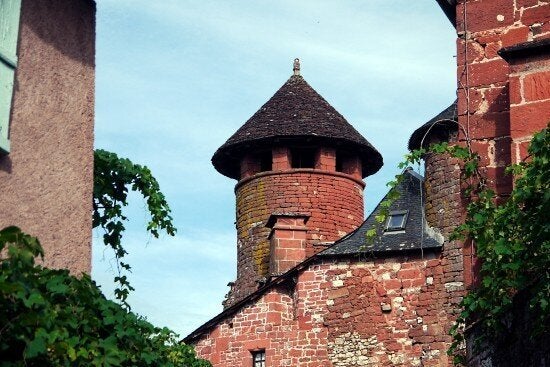
Tower in Collonges-la-Rouge - Photo by Peter Morrell
I made Limoges my base for the trip, with its long and rich history there is enough to hold any visitor's attention and there are plenty of restaurants to satisfy the most avid gourmet. Also, despite the fact that our own Black Prince massacred the city's population in 1370, I got a warm and friendly welcome.
Day one was occupied with a series of historic attractions. From the Gothic style St Etienne cathedral, started in 1273 and finished 600 years later to the adjacent Episcopal palace of the Bishop of Limoges, Palais de l'Évêché, which is now the Musée des Beaux-Arts. Lurking beneath these buildings are the old grain stores of the Abbaye de la Règle and these atmospheric cellars can be visited by prior arrangement with the local tourism office.
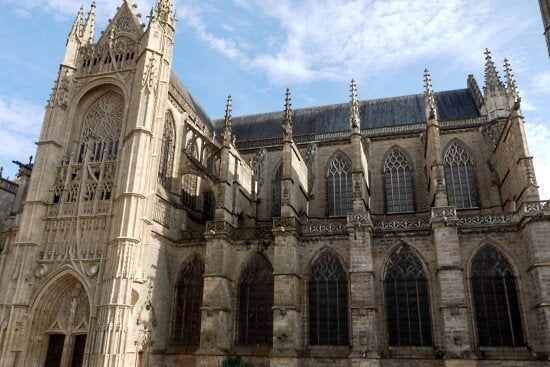
St Etienne Cathedral Limoges - Photo by Peter Morrell
Brass scallop shells set into the pavement indicated I was on the Way of St James, the pilgrim route to Santiago de Compostela in Spain. And this made Limoges something of an ecclesiastical crossroads. The relics of St Martial, first Bishop of Limoges, are in the city and I visited the charming little Chapelle which is the reliquary of St Aurelian. There is history everywhere in the narrow, cobbled streets from the wood beamed buildings of the Temple Courtyard to the old abattoir in the Quartier de la Boucherie, the butcher's quarter.
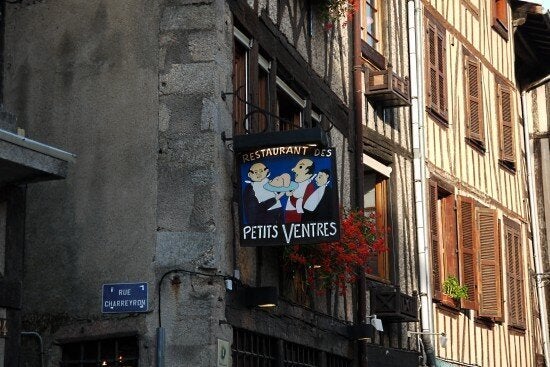
Quartier de la Boucherie Limoges - Photo by Peter Morrell
On day two I wanted to spread my culinary wings in the wider Limousin area. A short drive from the city is the town of St Leonard de Noblat and just outside is Le Moulin du Got, a restored mill that has been producing paper since 1522. After an interesting tour, lunch beckoned, and the nearby Hotel du Grand Saint Leonard, listed in the Guide Michelin, was the ideal spot. The starter, a flaky pastry case packed with flash fried scallops in a sauce shot into my list of top five dishes of the prior 12 months.
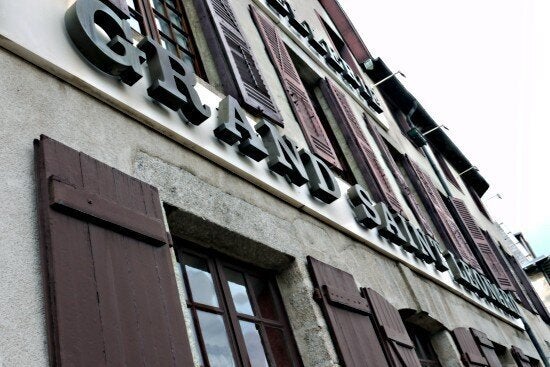
Hotel du Grand Saint Leonard - Photo by Peter Morrell
Next day I was in the attractive market town of Brive-la-Gaillarde with its rich Gallo-Roman history. First visit of the day was to the liqueur makers Denoix. This family owned business founded in 1839 makes 14 different types of drink including the celebrated Suprême de Noix, made from Armagnac and green walnut juice. I was shown around by Sylvie Denoix Vieillefosse, the latest generation of the family, who is continuing the tradition of producing liqueurs which are matured for up to five years. As Sylvie pointed out, the copper stills and macerating tanks are not museum pieces but essential parts of production.

Denoix Distillery at Brive-la-Gaillarde - Photo by Peter Morrell
A short drive away is a place frozen in time, Collonges-la-Rouge, listed as one of France's most beautiful villages. It is easy to see why; the well-preserved red stone buildings each tell their own story. The covered market with its wood burning bread oven stands next to the 11th century church of St Pierre. Numerous 16th century fortified castles and noble houses sit close by each other in the narrow traffic-free streets and they were brought alive for me by the enthusiastic commentary of my guide.
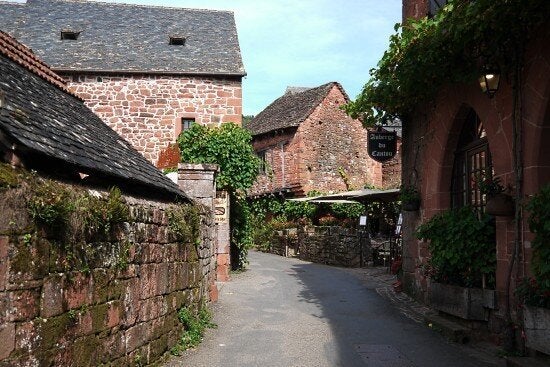
The Auberge du Cantou Collonges-la-Rouge - Photo by Peter Morrell
Another memorable meal was taken under a tangle of vines in the Auberge du Cantou restaurant. My Salad du Terroir was an enticing mound of country ham, foie gras, confit of duck and a round of Cabecou goat's cheese, washed down with a robust glass of Pecharmant, red wine from Bergerac.
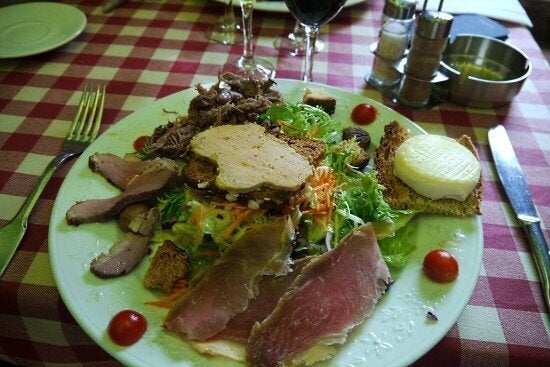
Salad du Terroir at Auberge du Cantou - Photo by Peter Morrell
My three nights were spent in the comfortable and recently refurbished Inter Hotel Saint Martial. It was ideally located and just a walk away from the centre. In the evenings I ate in three different nearby restaurants, Le France in Place de la Republique, the Bistrot Jourdan in Cours Jourdan and Au P'tit Journal in Avenue Garibaldi.
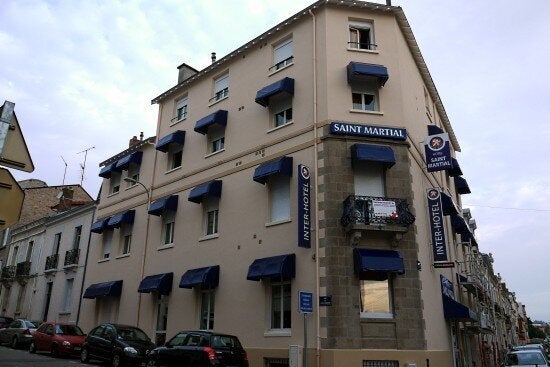
Hotel Saint Martial Limoges - Photo by Peter Morrell
Standouts were the locally sourced Limousin pork in the first restaurant, the salad in the second and a deep fried parcel of pig's trotter in the final one. The Limousin area is well known for its food, it even has a breed of cattle named after it, so it is no surprise that the area offers a varied culinary palette.
Flying home I reflected on what an interesting three days it had been. The fascinating history and culture of Limoges, the beauty of the Limousin countryside in the heart of France and the culinary highlights that it offered all made the trip a totally absorbing experience.
Useful Links
Limoges Information - www.limoges-tourisme.com
Limousin Information - www.tourismelimousin.com/en
Direct Flights from UK - www.ryanair.com/en & www.flybe.com